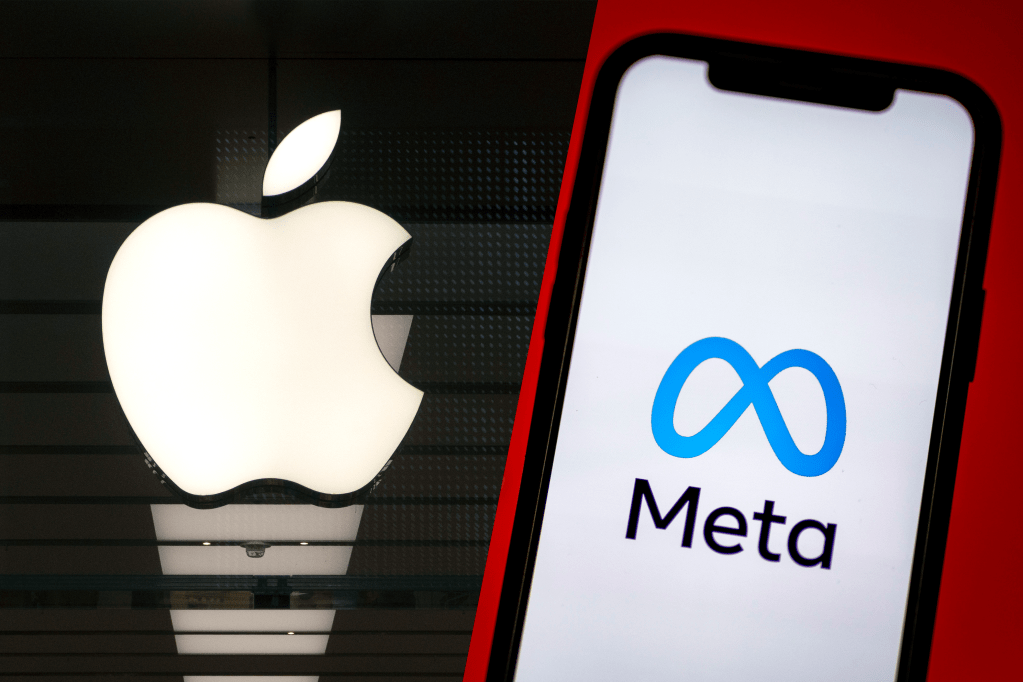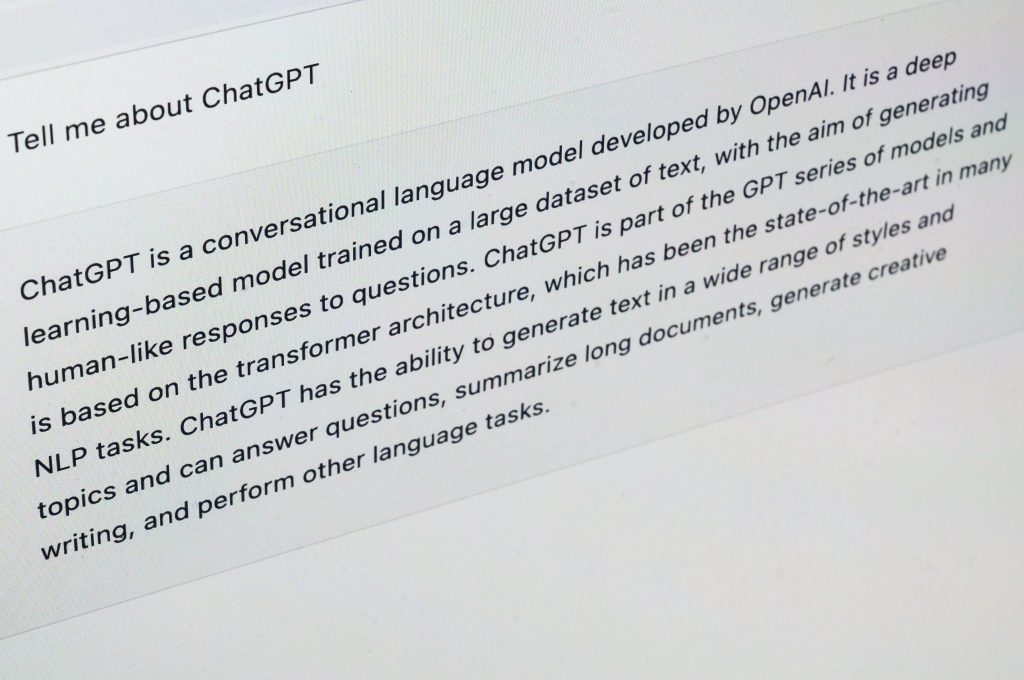A new study has found workers see substantial productivity potential in ChatGPT – but are generally hindered by employer restrictions and a lack of training.
In a report from IZA, the international Institute of Labor Economics, authors Anders Humlum of the University of Chicago and IZA, and Emilie Vestergaard of the University of Copenhagen, discuss their study of the adoption of ChatGPT using a large-scale survey experiment linked to comprehensive register data in Denmark.
The authors highlighted the role of firm policies in steering the further adoption of generative artificial intelligence (Gen AI) like ChatGPT. Interestingly, few workers report existential fears, such as becoming dependent on technology or redundant in their jobs, as reasons for not using it.
ChatGPT and Gen AI
ChatGPT is a chatbot and virtual assistant developed by OpenAI in November 2022 and a form of Gen AI; competitor products include Claude, Copilot and Genesis, which are similarly trained to follow an instruction in a prompt and provide a detailed response.
This study featured a survey of 100,000 workers from 11 occupations during the time period of November 2023 and January 2024, and it is based on Danish data because, helpfully, every Danish person has a digital mailbox that Statistics Denmark can use to send survey invitations.
More about the survey’s creation and its data sources and collection tactics can be found in the report. Let’s dig into some of the interesting findings – from industry usage to gender differences in adoption – and examine the authors’ recommendations for employers.
Adoption friction in general
The authors note a striking fact in the report early on: Among workers who believe ChatGPT can halve their time to do a task, about 50% to 60% of them still don’t intend to use it.
“These ‘adoption frictions’ suggest unrealized productivity gains from ChatGPT,” the authors note. Factors preventing workers from converting potential gains into actual adoption includes:
- Firm policies: 43% of workers report they need training to use ChatGPT, and 35% report employers actively restrict their usage.
- ‘Existential fears‘: The fear of becoming redundant in the job or dependent on technology are the least important adoption frictions, with less than 10% of workers reporting those fears as reasons for not using ChatGPT.
- Occupational differences: 82% of financial advisers face an adoption friction, citing “uncertainty” in areas such as whether ChatGPT will make them more productive or complement their expertise.
- In comparison, only 37% of software developers report the same.
- Customer service representatives often avoid ChatGPT due to fears of being replaced or becoming dependent on technology.
- Teachers reported a need for training to more widely adopt it, and those for whom writing is a core competency and centerpiece of their jobs said that if they resist the technology, it’s because it diminishes their enjoyment of their work.
- Overall, marketing professionals, software developers and journalists were more largely using ChatGPT at work than the other occupations included in the survey, and financial advisers and accountants/auditors reported the lowest current use rates.
Gender gaps
This study showed a large gender gap in the adoption of ChatGPT. According to the results, women are 20% less likely to use ChatGPT than men in the same occupation.
And that gender gap does not reflect differences in beliefs, as women are about as optimistic about the tool’s productivity potential as men.
“Instead, women are more likely to face an adoption barrier,” the authors say. Women report they want and need training to use it, as opposed to men, who cite employer restrictions and data confidentiality as main barriers.
The authors say training plus guidelines on its productive use could help employers lead more workers to better tap into the productivity potential of generative AI.
But just offering workers basic, introductory materials on ChatGPT is not likely to help, the authors note, because the women they polled did not sign up for brief information sheets about the tech tool any more than the men did.
When men and women (as a random set of workers) were given an expert assessment of ChatGPT, women’s beliefs were more than twice as responsive to the expert assessments as men, and they were more likely to use ChatGPT following the more detailed information. On the other hand, men’s behaviors were unaltered by the more in-depth expert information.
The authors attributed this discrepancy to women reporting they were less confident in using ChatGPT from the outset than men, making them more assured by the expert’s explanation of it.
The authors conclude that the gender gap in adoption does not reflect women being less responsive to the technology or information about it; instead, the authors say “women respond more to the information but face barriers that prevent their further adoption.” Basically, the need for training is hindering more women from taking advantage of ChatGPT.
Recommendations on Gen AI use
The authors conclude that businesses can play a critical role in facilitating further adoption of Gen AI like ChatGPT. Often when employees say they are not using these tools, they also report that their employers are restricting their use or that they as employees need training to effectively use it.
The authors say training plus guidelines on its productive use could help employers lead more workers to better tap into the productivity potential of generative AI. Confidence concerns would dissipate with more training, and firms could better organize their workflows around the technology so productivity gains deliver greater expansion in output, leading to overall economic growth, they say.
It has spurred an AI arms race among companies, fostered a bidding war for top AI talent, and has promised to revolutionize the future of white-collar work.
One year after its launch, the authors point out, 32% of all of those surveyed reported using ChatGPT specifically and 6% have a “Plus” subscription.
It has spurred an AI arms race among companies, fostered a bidding war for top AI talent, and has promised to revolutionize the future of white-collar work. We’ll keep our eyes on how these adoption rates change (and why) here at GRIP.
















